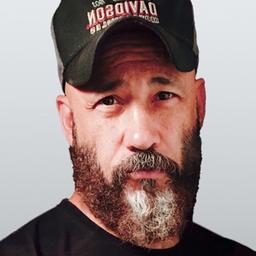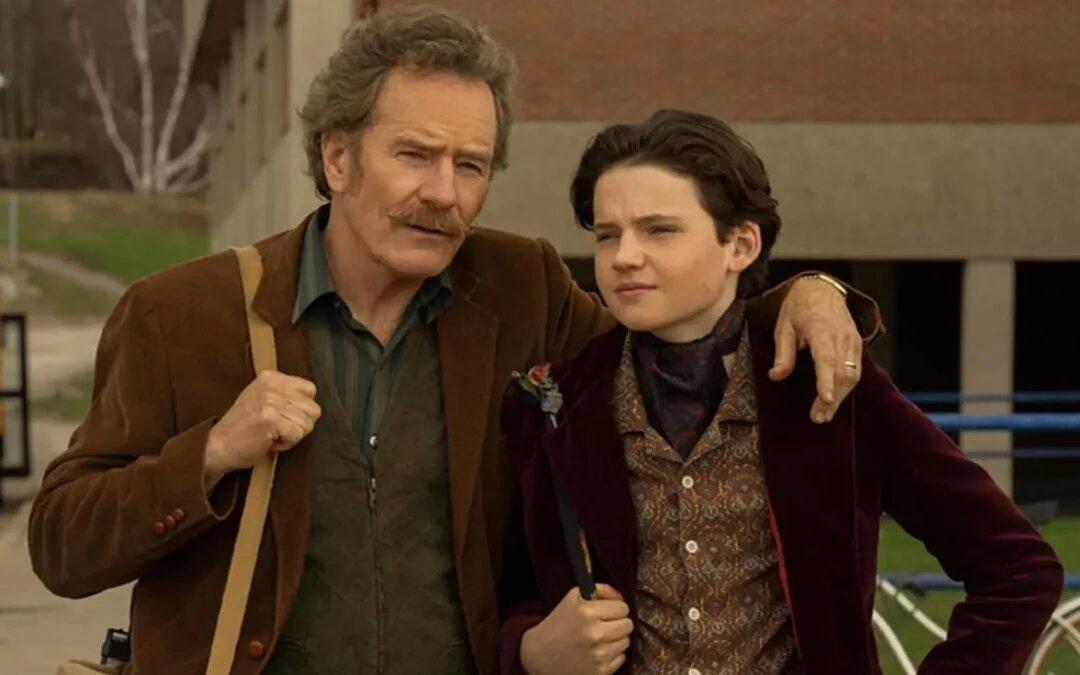And So It Begins...


After a nightmarish establishing scene in which young William (James Robinson) stumbles upon some of Longshanks’s (Patrick McGoohan) treachery against the Scots—dead fathers and sons hanging from the rafters in a neighbor’s home—and sees his father slain, the boy is taken from the village by his uncle Argyle (Brian Cox) to France. There he receives a nobleman-level education, learning French, Latin, and above all, to use his wits and military strategy before resorting to the broadsword.

Homecoming
When he returns in his late 20s to the village of his youth, William intends to live a peaceful life, raising crops and a family. He courts the girl next door, Murron (Catherine McCormack). At the age of 4, young Murron (Mhairi Calvey) had picked a purple thistle to give to 7-year-old William, to comfort him, as he stood weeping at his father’s burial site. He never forgot her empathy and compassion.Wallace is having none of that and marries Murron in secret. But when a marauding band of English soldiers attacks the village, and a particularly creepy old soldier attempts to rape her—she violently resists. Murron is tied to a stake and publicly executed.
When Wallace finds out, England is soon given notice that the towering rage of an alpha-dominant Scottish leader in command of a shocking array of guerrilla warfare tactics has been unleashed like a full-blown, modern-day special operations warrior.

The Battle of Stirling
The historic Battle of Stirling, where, almost biblically, Wallace’s starving and outnumbered ragtag band of farmer-soldiers—warrior poets, he lauds them—armed with handmade weapons and farming implements, took on and decimated Longshanks’s armor-clad and heavy-horsed Northern English army, is a sight to be seen.
Throughout, Wallace, on horseback and bedaubed with electric-blue war paint (which inspired a global sports-fan craze of attending football and soccer games sans shirts and in full face-paint in freezing weather), inspires his troops with hoarse, impassioned speeches about Scottish freedom.

In general, “Braveheart” is jam-packed with all manner of bone-crunching axe murders and carnage. You’ve got disembowelments, decapitations, castrations, buckets of boiling black pitch poured over ramparts, skull-crushings via maces, and manly men bleeding out in the dirt.

Plot Lines and Players
Then there are the various betrayals of Wallace by Scottish lords, as well as by the reluctant Scottish heir to the throne, Robert the Bruce. Bruce’s narration frames the entire story from the perspective of his own journey—via hero worship of Wallace—to courage, truthfulness, integrity, and manhood. Robert defies and eventually emerges from the shadow of his ruthless father, who, though dying of leprosy, is still pulling strings behind the scenes to increase his land.
Although women are scarce in this manly tale, they carry the film’s soul: Catherine McCormack as Murron, who inspires Wallace from the afterlife, and Sophie Marceau as French-born Princess Isabelle. Isabelle is the wife of Longshanks’ son. Hers was an arranged marriage to the prince, who is homosexual. As Longshanks’s unwilling political emissary to Wallace, she later becomes Wallace’s secret lover and accomplice.

Martyrdom
After all the rousing battles, “Braveheart” grows somber and, indeed, legendary as Wallace is finally captured by Longshanks and hauled to England to be made an example of. He’s strung up by the neck, bone-poppingly stretched on the rack, and publicly disemboweled. Yet like some present-day Army Combat Applications Group or Navy SEAL Development Group special operations warrior, he refuses to break or compromise in his quest for Scottish freedom.By glorifying William Wallace’s outsized will to endure and forbear, Gibson canonized Wallace to the point where Scotland made a statue of Wallace that looks like Gibson.
Is “Braveheart” historically accurate? As Robert the Bruce says, “History was written by those who have hanged heroes,“ so probably not. But Gibson’s focus is on valor, bravery, and integrity—not history. If you haven’t seen ”Braveheart,” I guarantee it will move you—men for the war scenes and women for the smoldering romance—like no other film.







